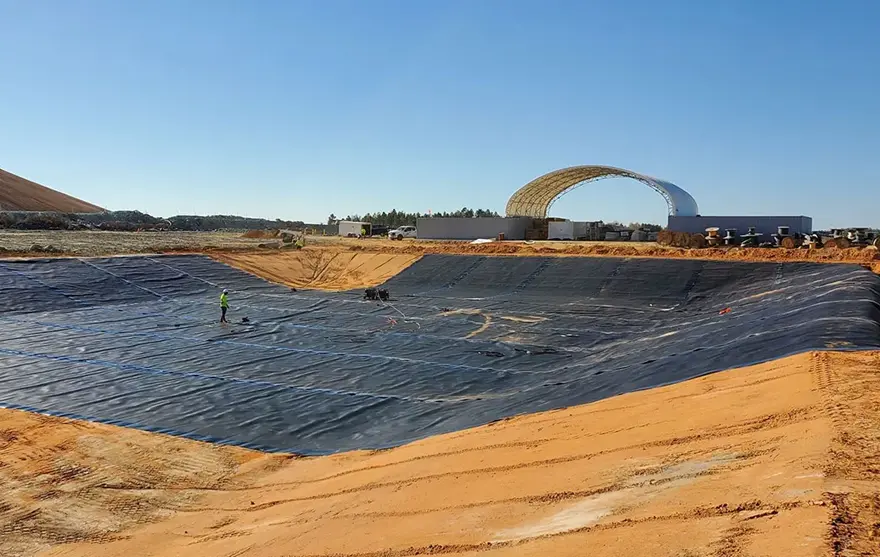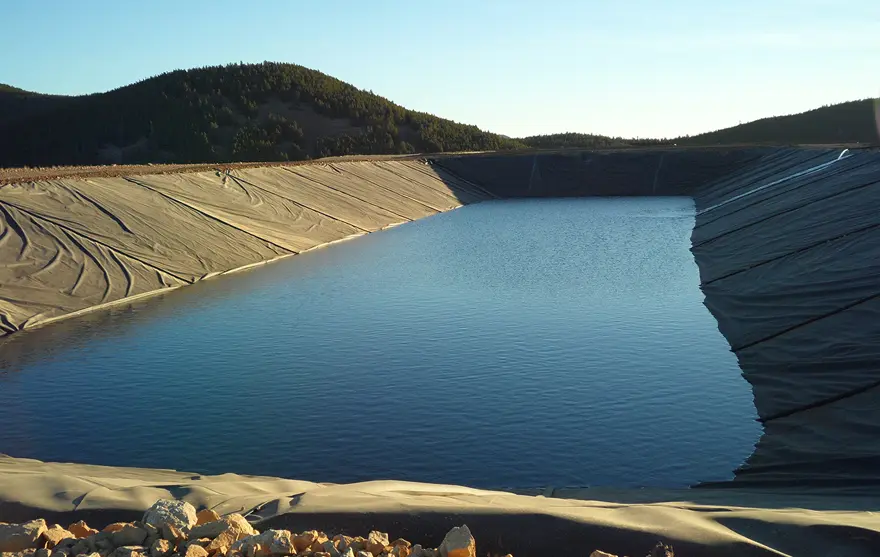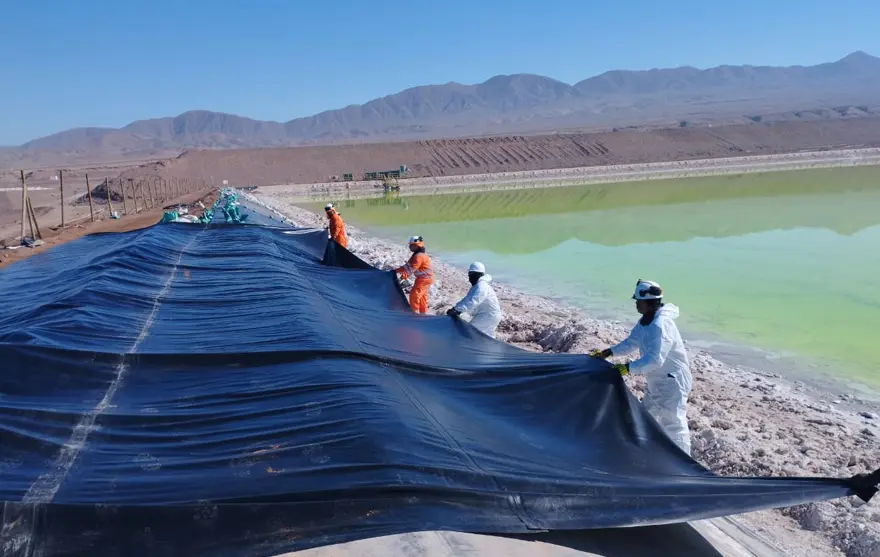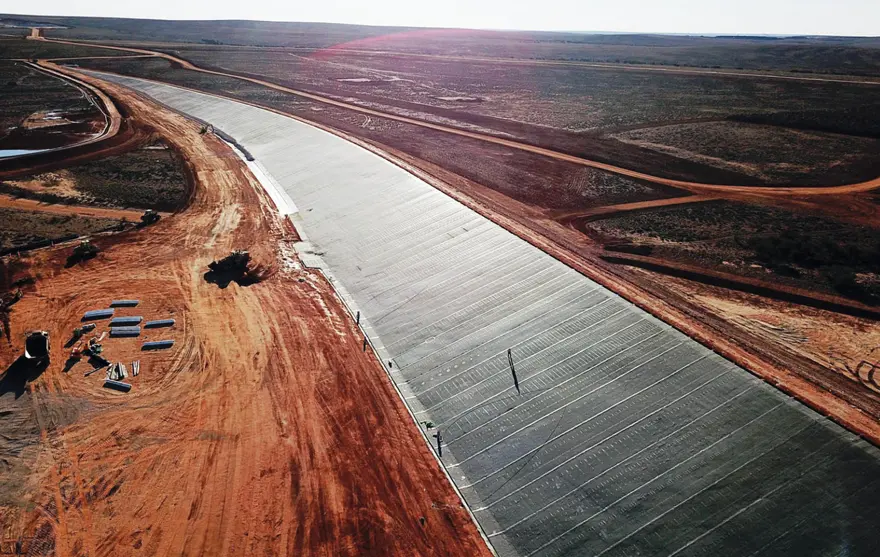
The combination of geomembrane and non-woven geotextile in geotechnical engineering provides a highly effective solution for various applications. Geomembranes are impermeable liners made from synthetic materials that are used to contain liquids or gases, while non-woven geotextiles are permeable fabrics used to filter, separate, reinforce, protect, or drain soil.
When used together, geomembranes and non-woven geotextiles complement each other to enhance their individual properties and provide a more efficient and durable solution. The geomembrane acts as a barrier to prevent the seepage of liquids or gases, while the non-woven geotextile provides additional support and protection to the geomembrane, as well as filtration and drainage functions.
In applications such as landfill liners, pond liners, and mining containment systems, the combination of geomembrane and non-woven geotextile is essential to ensure the integrity and longevity of the structure. The geomembrane prevents the leaching of contaminants into the surrounding environment, while the non-woven geotextile protects the geomembrane from punctures or damage during installation and offers additional filtration and drainage capabilities.
Moreover, the use of non-woven geotextiles in conjunction with geomembranes can also improve the overall stability and performance of geotechnical structures such as retaining walls, embankments, and slopes. The non-woven geotextile helps to reinforce the soil, prevent erosion, and promote proper drainage, which can significantly increase the lifespan and efficiency of the structure.
In conclusion, the combination of geomembrane and non-woven geotextile in geotechnical engineering offers a versatile and effective solution for a wide range of applications. By leveraging the unique properties of both materials, engineers and designers can create sustainable and reliable structures that meet the highest standards of performance and environmental protection.



